
Difference Between Ferrous and NonFerrous Metals ThePipingMart Blog
When a metal is defined as non-ferrous it means that it does not have a significant amount of iron in its chemical composition. Note the word "significant"; nearly all metal alloys have some trace, or non-significant, amount of iron in their composition. This does not make them ferrous alloys though. Non-ferrous alloys generally have iron.
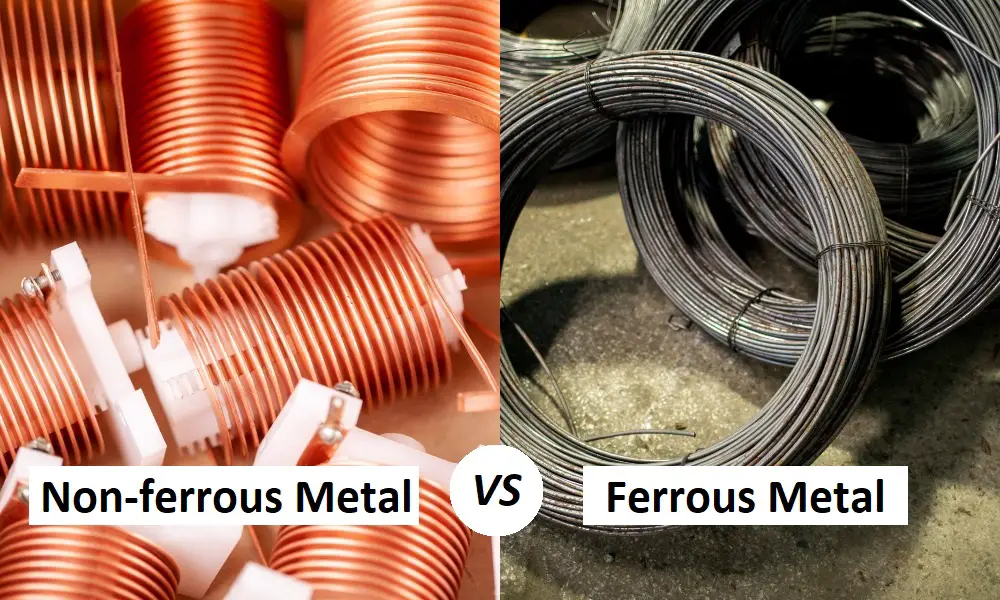
Difference Between Ferrous and NonFerrous Metals Difference Camp
Non-ferrous metal separation is achieved using the spinning of an alternate polarity magnet, which generates circular electrical currents in non-ferrous elements present within the CDW flux ('eddy currents'). A force is generated perpendicular to the magnet spinning axis (Fig. 9.10).This pushes non-ferrous metals forward at the horizontal spinning magnet's edge, whilst all other grains.
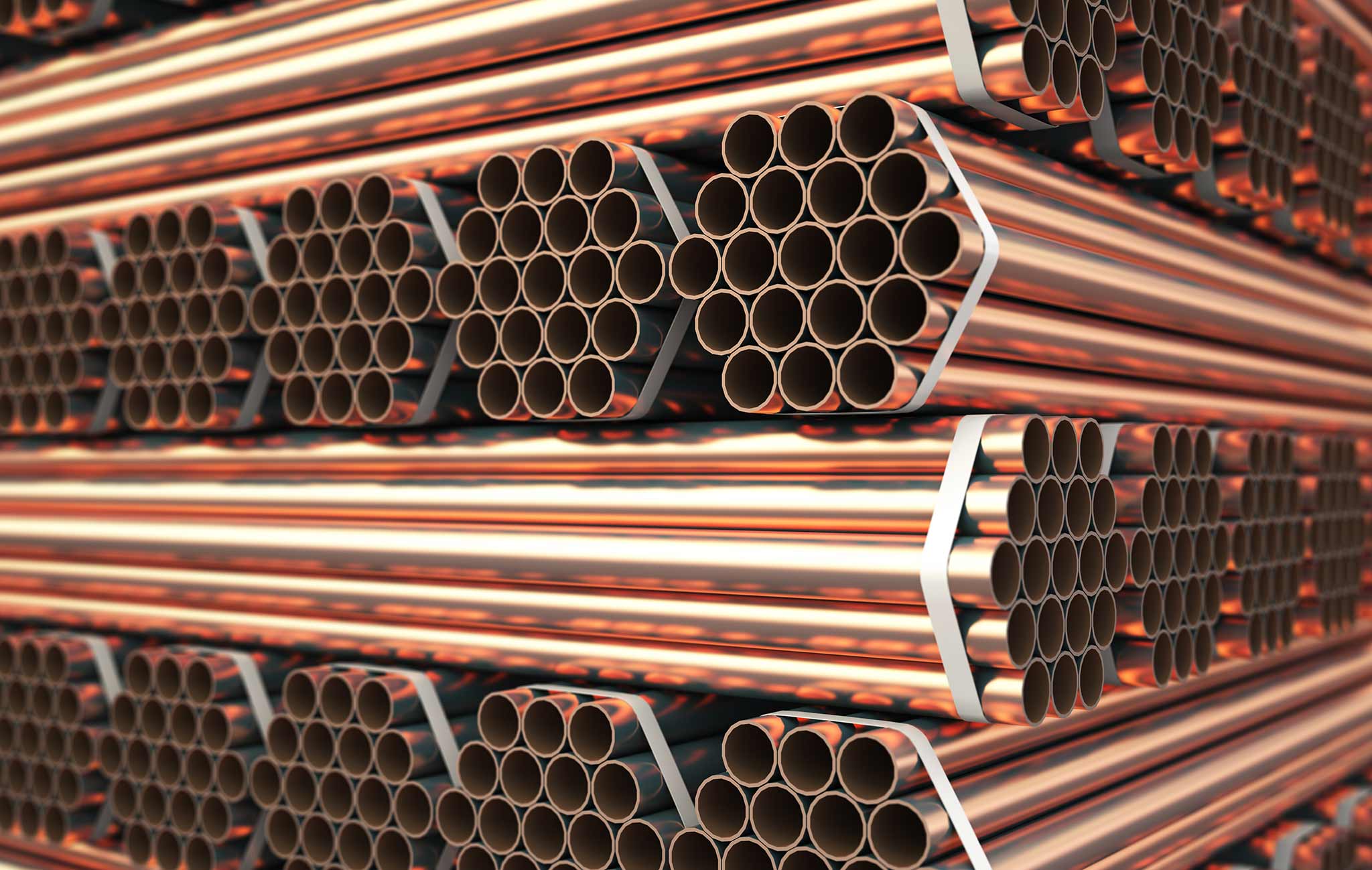
What Metals are Non Ferrous? (A Complete Guide) TWI
Uw specialist in het bewerken van ferro en non-ferro metaal Bij het kiezen van materialen voor uw projecten is het van cruciaal belang om het verschil tussen ferro en non-ferro metalen te begrijpen. Ongeacht uw behoeften bieden wij expertise in het bewerken van zowel ferro als non-ferro metalen, waardoor u de juiste keuze kunt maken en optimale.
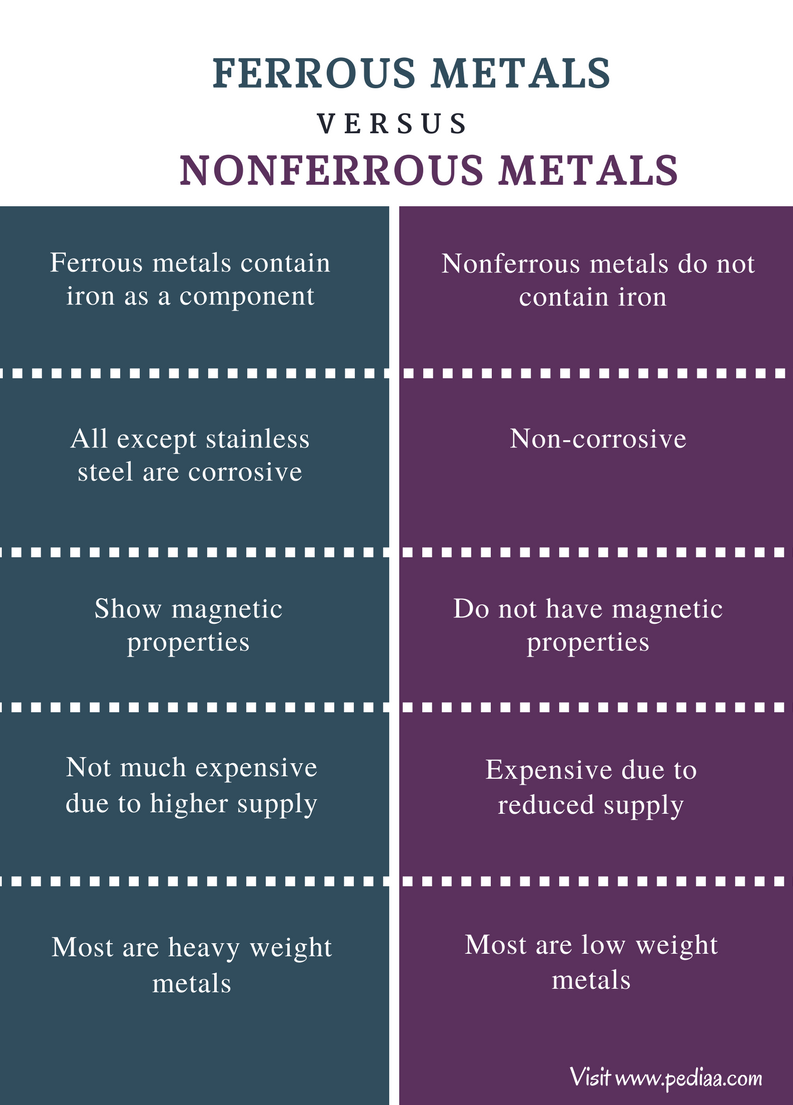
Difference Between Ferrous and Nonferrous Metals Definition, Properties, Uses
Non-ferro metalen hebben voordelen ten opzichte van ferro metalen, omdat ze lichter van gewicht en beter bewerkbaar zijn. Aluminium is bijvoorbeeld licht en kan gemakkelijk worden gegoten, gesmeed, bewerkt en gelast. Naast afvalcontainers plaatsen en ophalen en het verhandelen van schroot, zijn wij ook gespecialiseerd in de afbraak van.
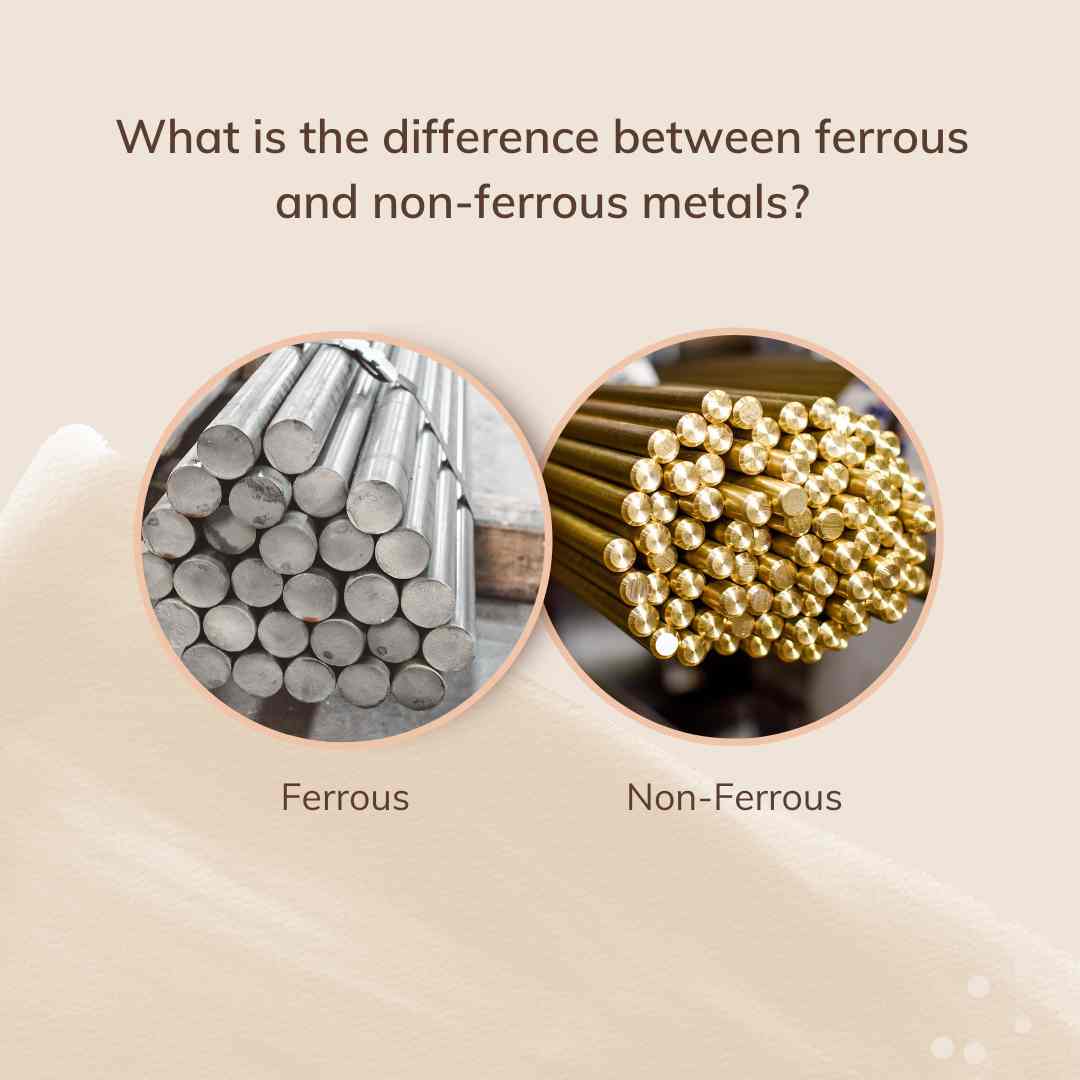
What Are NonFerrous Metals? Properties, Differences & Application
Ferrous metals may include a lot of different alloying elements. Some examples are chromium, nickel, molybdenum, vanadium, and manganese. Those give ferrous steels material properties that make them widely used in engineering. A list of ferrous metal properties: Durable. Great tensile strength. Usually magnetic.
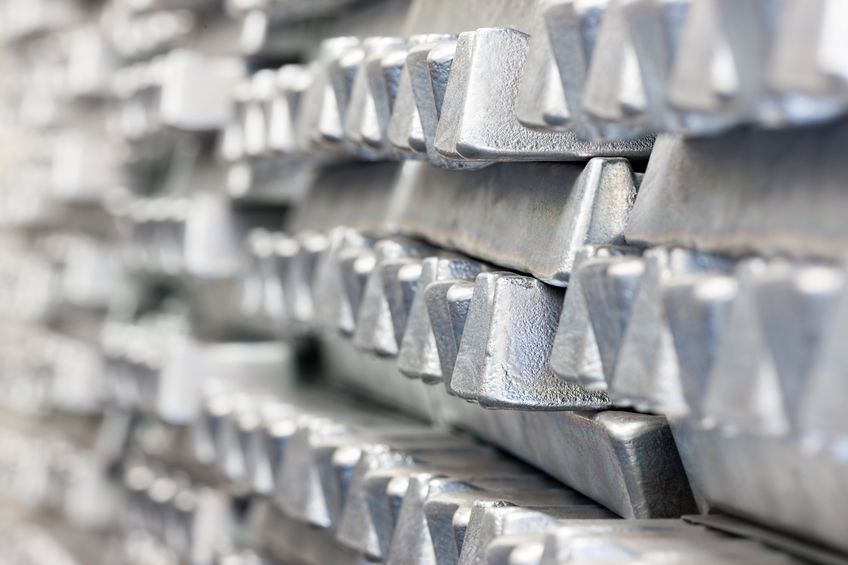
What are the Most Common Non Ferrous Metals? celluloidfuncelluloidfun
Tegenhanger van ferro metaal is non-ferrometaal is een metaal dat geen ijzer bevat of waarin de legeringen ijzer niet als hoofdbestanddeel hebben (bijvoorbeeld koper, aluminium, zink, brons en messing). Ook witmetalen behoren tot de non-ferro metalen. Onderverdeling. De volgende onderverdeling wordt gebruikt bij non-ferrometalen: Pure metalen:
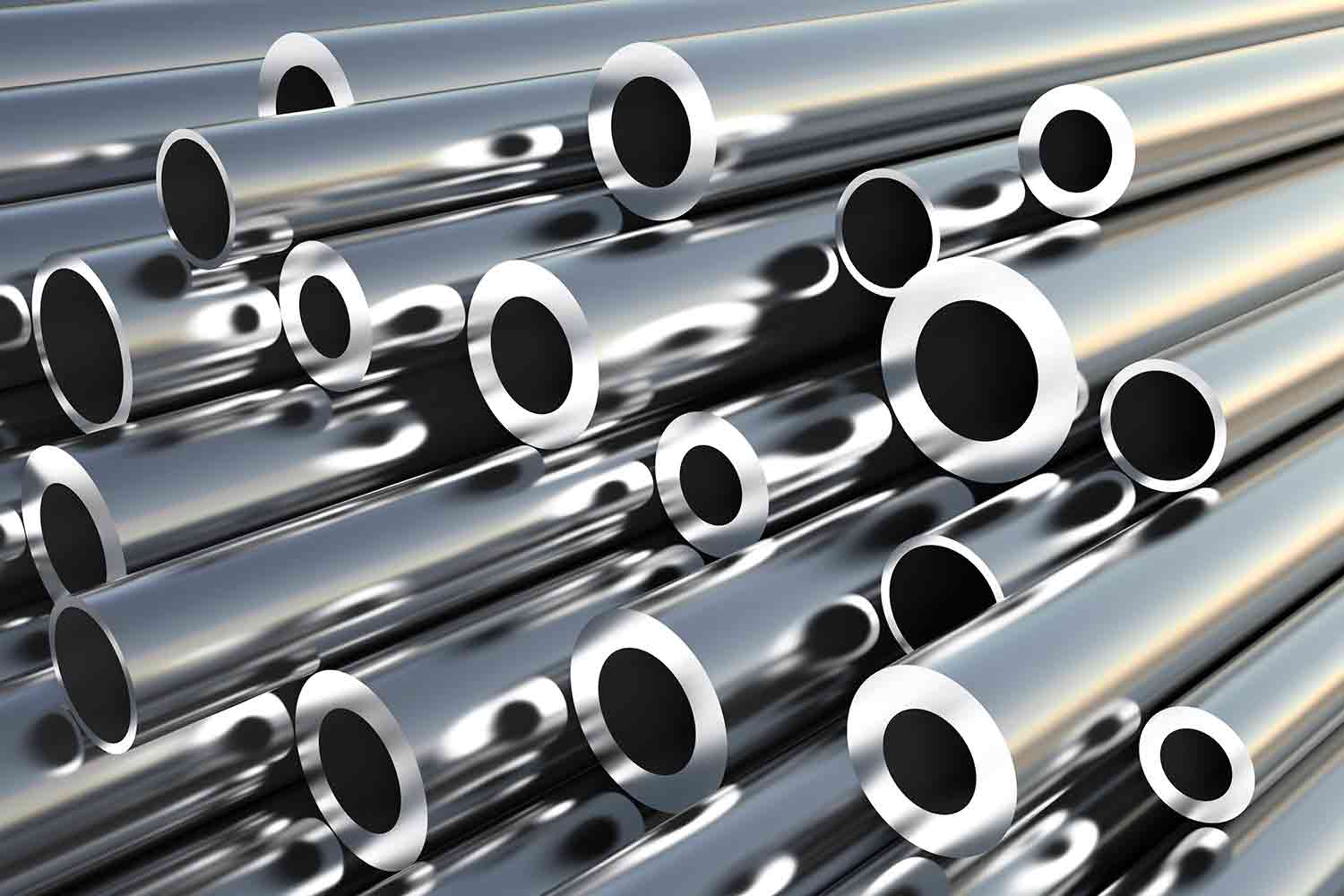
Differences Between NonFerrous and Ferrous Metals
At first glance, the distinction between ferrous and non-ferrous metals is straightforward. Ferrous metals contain iron, whereas non-ferrous metals do not. However, there are more differences beyond this simple black-and-white definition. The composition and applications of ferrous and non-ferrous metals greatly vary.

Nonferrous Metals Ofogheshayan engineering and commercial services co
Non-ferrous metals are alloys or metals that do not contain any appreciable amounts of iron. All pure metals are non-ferrous elements, except for iron (Fe), which is also called ferrite from the Latin 'Ferrum,' meaning "iron.". Non-ferrous metals tend to be more expensive than ferrous metals but are used for their desirable properties.
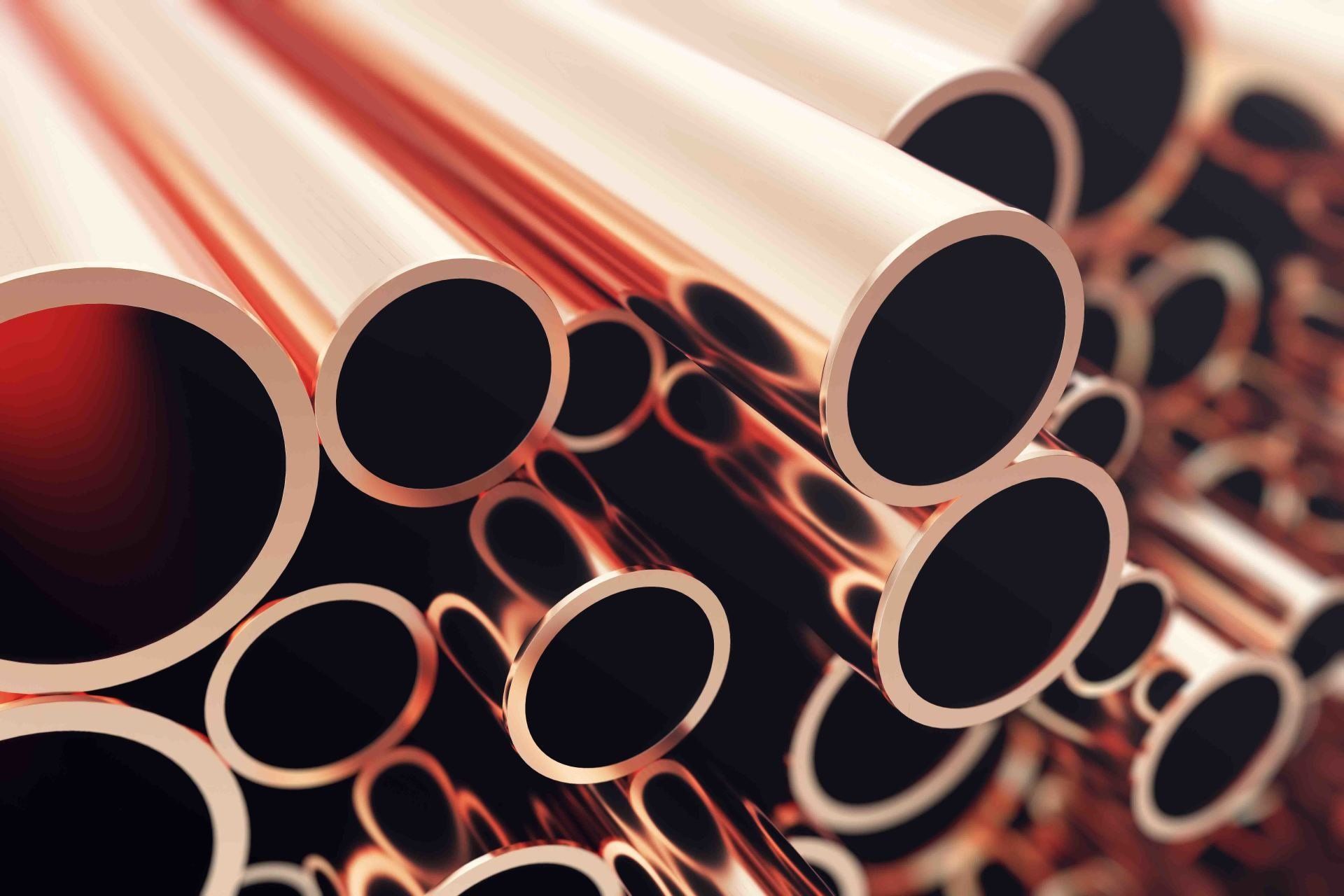
A Brief Guide to NonFerrous Metals
De mogelijkheden van (non)ferro Het is fascinerend hoe de aan- of afwezigheid van één element - ijzer - de eigenschappen van een metaal zo dramatisch kan veranderen. Deze eigenschappen bepalen niet alleen de bruikbaarheid van het metaal in verschillende toepassingen maar ook hoe ingenieurs en ontwerpers plannen maken voor toekomstige.

Metals Ferrous and Non Ferrous
Non-ferrous means without or not containing iron. A non-ferrous metal is a metal or combination of metals that have no traces of iron. All metals other than iron itself are technically non-ferrous.

difference between Ferrous & Non Ferrous Metal ( LME METAL INTERNATIONAL ) YouTube
With properties such as low density, high conductivity, resistance to rust and corrosion, high strength-to-density ratio, and non-magnetic ability, non-ferrous metals are ideal for structural applications. They are also ideal for metal parts manufacturing. Manufacturers refine these metals through electrolysis.
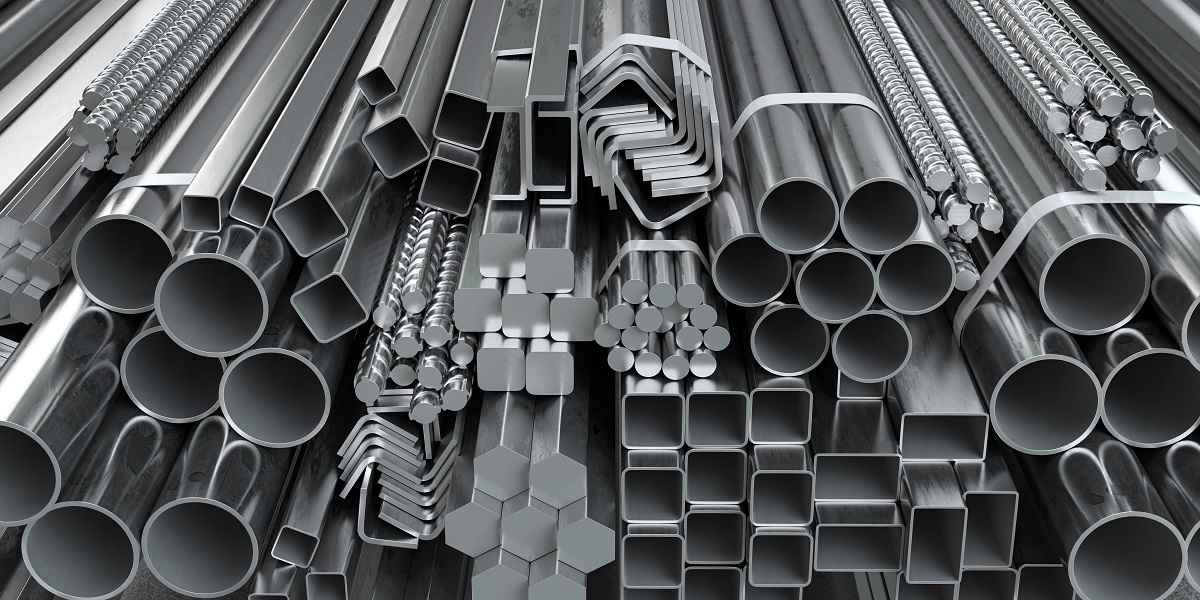
The Difference Between Ferrous and NonFerrous Metals
Here are the key differences between ferrous and non-ferrous metals: Ferrous Metals. Non-Ferrous Metals. Iron Content. Ferrous metals contain a significant amount of iron, typically more than 50% by weight. Non-ferrous metals contain little to no iron. They have an iron content of less than 50%. Magnetic Properties.
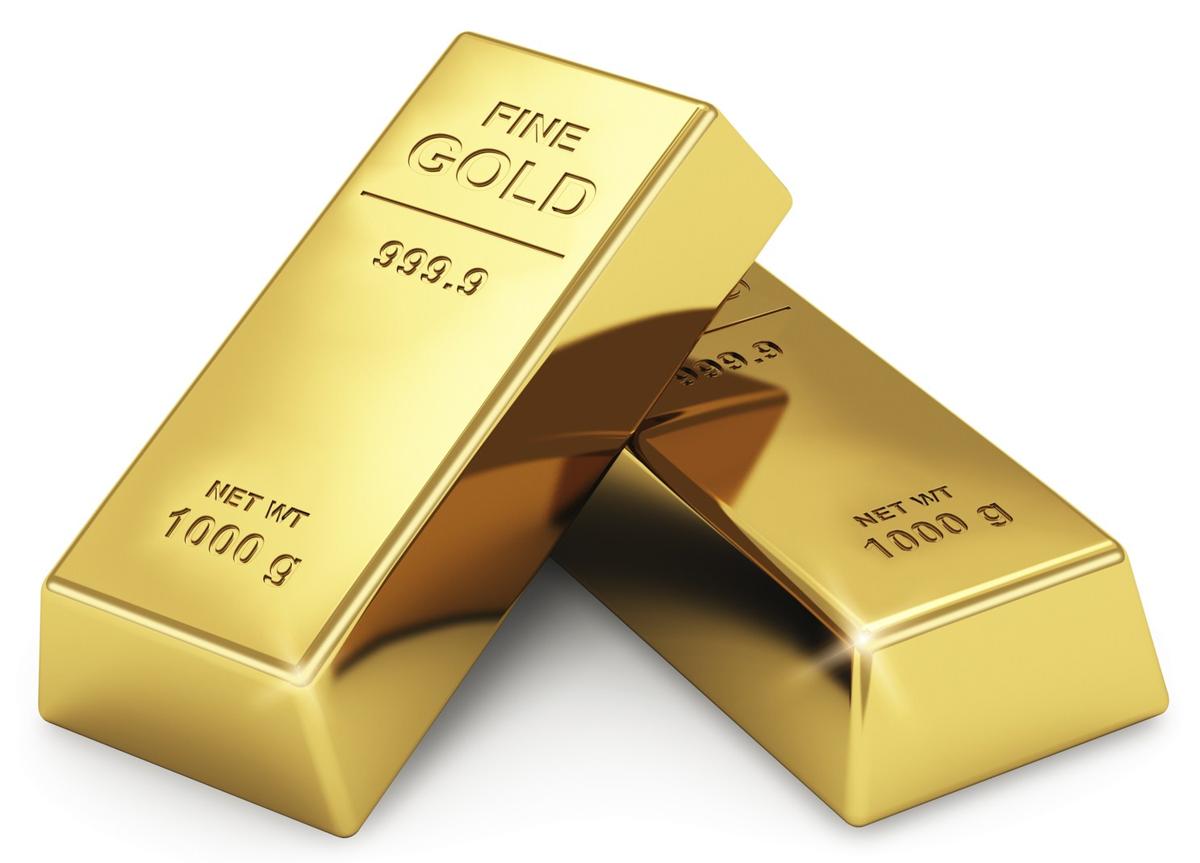
Nonferrous Metals List Science Struck
Een non-ferrometaal is een metaal dat geen ijzer bevat of waarin de legeringen ijzer niet als hoofdbestanddeel hebben (bijvoorbeeld koper, lood, aluminium, zink, brons en messing). Ook witmetalen behoren tot de non-ferro metalen. Onderverdeling. De volgende onderverdeling wordt gebruikt bij non-ferrometalen: pure metalen: edelmetalen
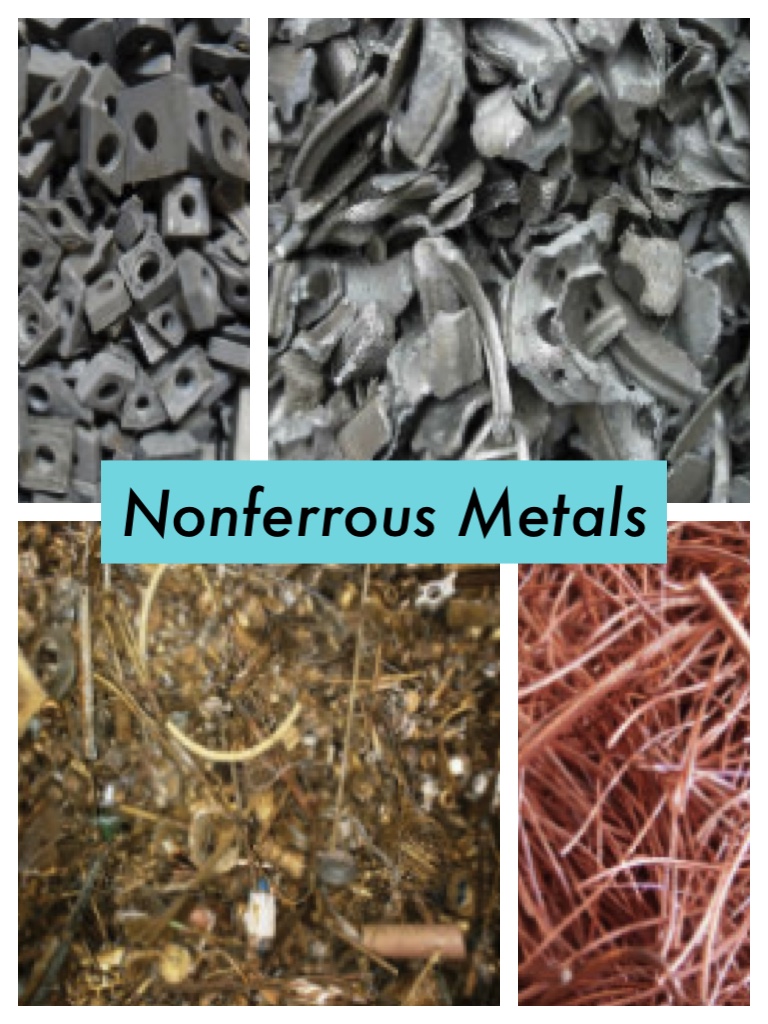
Nonferrous Metals Guide; List, Descriptions, Properties, Characteristics and Uses
In metallurgy, non-ferrous metals are metals or alloys that do not contain iron (allotropes of iron, ferrite, and so on) in appreciable amounts.. Generally more costly than ferrous metals, non-ferrous metals are used because of desirable properties such as low weight (e.g. aluminium), higher conductivity (e.g. copper), non-magnetic properties or resistance to corrosion (e.g. zinc).

Ferrous vs NonFerrous Metals Brief History and Their Differences Empire Abrasives
Conclusion. When it comes to metal, the difference between ferrous and non-ferrous metals is clear. Ferrous metals are magnetic and contain iron, while non-ferrous metals do not contain any iron and are not magnetic. Understanding the difference between these two types of metal can help you make an informed decision when deciding which type of.
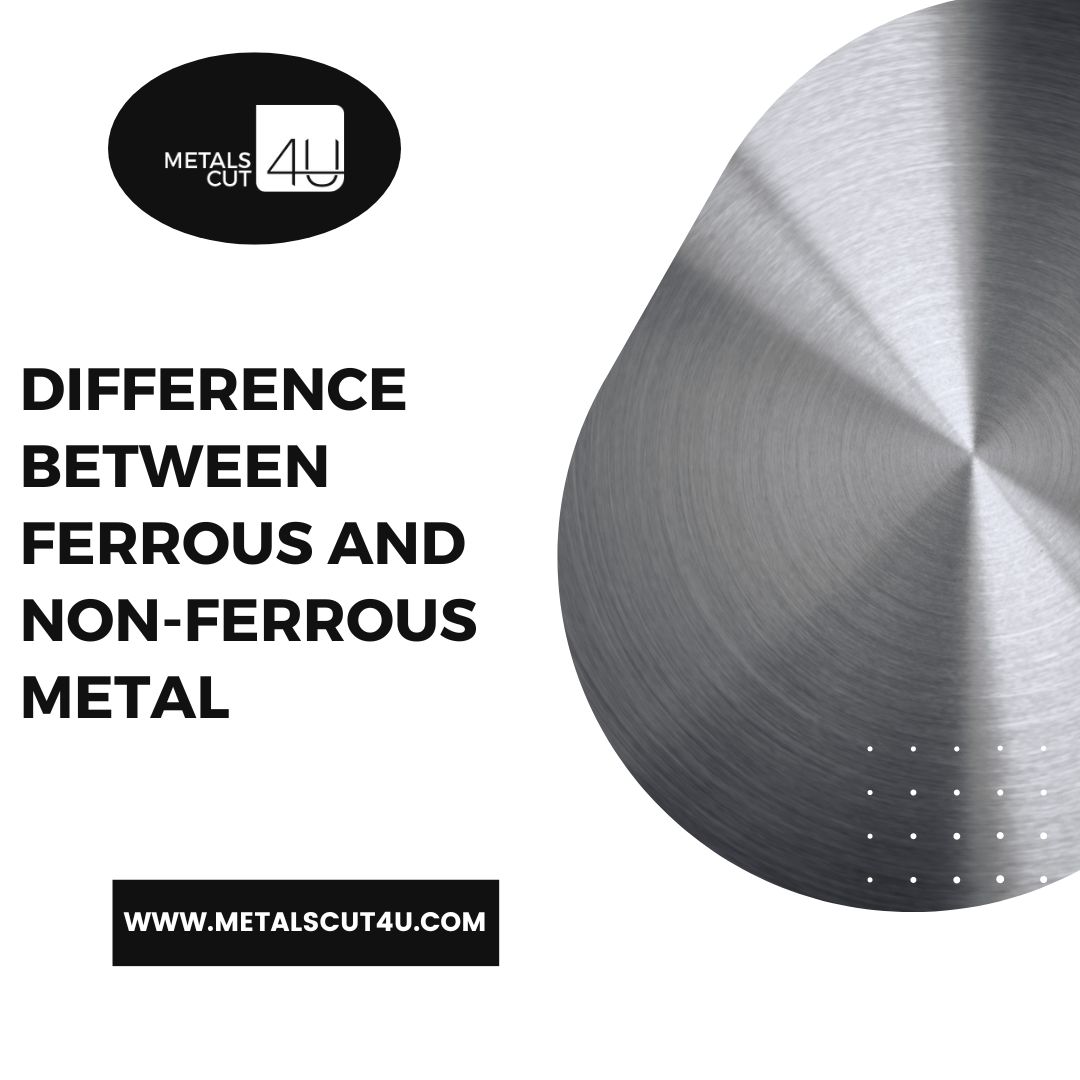
Difference Between Ferrous And NonFerrous Metal A Detailed Guide
Onder non-ferrometaallegeringen vallen de volgende categorieën: Gegoten legeringen zoals bijvoorbeeld brons. Gesmede legeringen dit zijn legeringen die doormiddel van een smeden zijn ontstaan. Binnen de werktuigbouwkunde wordt gebruik gemaakt van ferrometalen en nonferrometalen. De eigenschappen van metalen lopen sterk uiteen.
- Over De Knie Gelegd Worden
- Hotels In Angeles City Philippines
- Words That Start With Lea
- Wat Is Een Sim Kaart
- Hoe Groot Wordt Een Vijgenboom
- Wat Is Beter Displayport Of Hdmi
- Een Zomeravond Met Jou Lyrics
- Hotel Fairmont Makkah Clock Royal Tower
- Ursodeoxycholic Acid 300 Mg Tablet
- Kogelstoten Hoe Zwaar Is De Kogel
